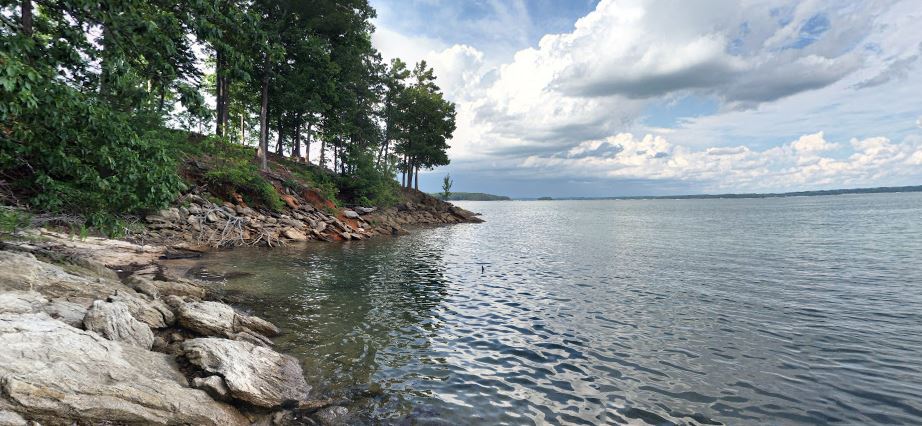Georgia’s most famous body of water has claimed another life. The Georgia Department of Natural Resources recovered the body of a missing swimmer from Lake Lanier around 7:30 p.m. on Sunday.
Ramon Diaz-Soria, 27, went missing late Saturday near Vanns Tavern Park in Forsyth County, according to a DNR spokesperson.
Man Wore Life Jacket, But Still Drowned
Witnesses reported that Diaz-Soria jumped off a boat wearing an unsecured life jacket and did not resurface.
The search was paused overnight and resumed Sunday morning, with SONAR equipment used to scan deeper lake areas.
Forsyth and Hall County fire departments aided in the search effort.
The death comes four months after another swimmer, Murtuza Mansoorali Sayani, 56, was found floating in Lake Lanier on February 27, 2025. The Forsyth County Coroner ruled his death intentional with no foul play.
Why Are There So Many Deaths on Lake Lanier?
Lake Lanier, a man-made reservoir in Georgia, has a high number of deaths—over 700 since its creation in 1956, with more than 200 between 1994 and 2023—due to a combination of environmental, human, and structural factors. Here are the primary reasons:
- Underwater Hazards: The lake was built over the town of Oscarville, and many structures, including homes, businesses, and cemeteries, were not fully removed before flooding. These submerged remnants, such as trees, rooftops, and foundations, can entangle swimmers or divers, leading to drownings.
- High Visitor Volume: Lake Lanier attracts over 11 million visitors annually, making it Georgia’s most popular lake. The sheer number of people engaging in swimming, boating, and other water activities increases the likelihood of accidents. For comparison, Lake Allatoona, with similar visitor numbers, has significantly fewer deaths, suggesting unique risks at Lanier.
- Boating Incidents and Negligence: Between 1994 and 2022, 70 of the 216 deaths were boating-related, often due to collisions, mechanical failures, or boating under the influence (BUI). In 2023, Lake Lanier had the highest number of boating incidents and BUIs in Georgia. Incidents like the 2024 drowning of Matthew Mayo, who fell from a bass boat due to an unbolted seat, highlight equipment-related risks.
- Drowning Risks: Drownings account for a significant portion of deaths (140 between 1994 and 2022). The lake’s currents, murky waters, and depths up to 160 feet can disorient swimmers. Many victims, such as Tracey Stewart and Edgar Steven Cruz Martinez in 2023, went under and did not resurface. Not wearing life jackets is a recurring factor, as officials note no deaths have occurred while wearing one.
- Electrocution and Other Hazards: Some deaths involve unusual circumstances, like the 2023 electrocution of Thomas Milner after jumping off a dock, possibly due to faulty electrical systems. Contamination risks, such as brain-eating amoebas, have also been reported.
- Historical and Cultural Context: The lake’s dark history, including the displacement of Oscarville’s Black community after racial violence in 1912, fuels local beliefs that it is “haunted” or “cursed.” While not a direct cause, these perceptions may contribute to risky behavior or inadequate safety measures. Divers have reported eerie underwater findings, like human remains, which add to the lake’s mystique.
- Environmental Factors: The lake’s currents, driven by the Chattahoochee and Chestatee rivers, can be unpredictable, pulling swimmers away from shore. Murky water complicates rescue efforts, and sudden weather changes can create turbulent conditions.
Despite its dangers, Lake Lanier remains a popular destination. Safety measures like wearing life jackets, avoiding alcohol while boating or swimming, and increased oversight of electrical systems could reduce fatalities. Calls to drain and clean the lake, as advocated by Tameka Foster after her son’s 2012 death, aim to address underwater hazards but face logistical challenges.




